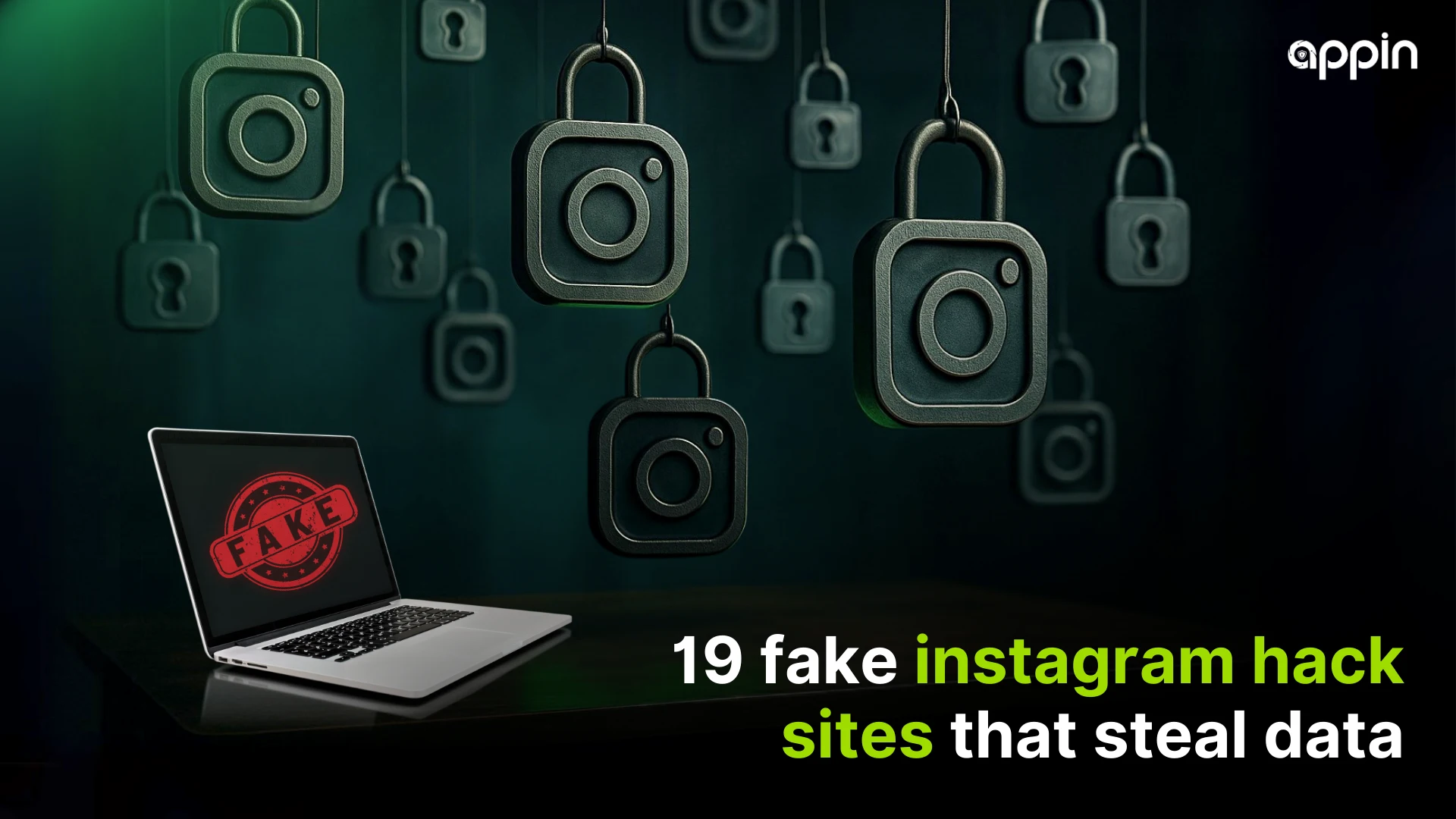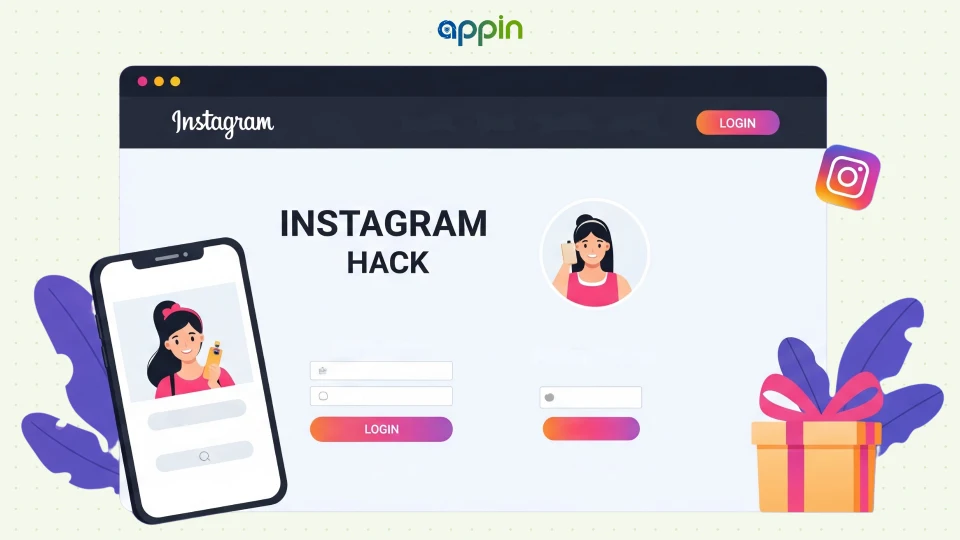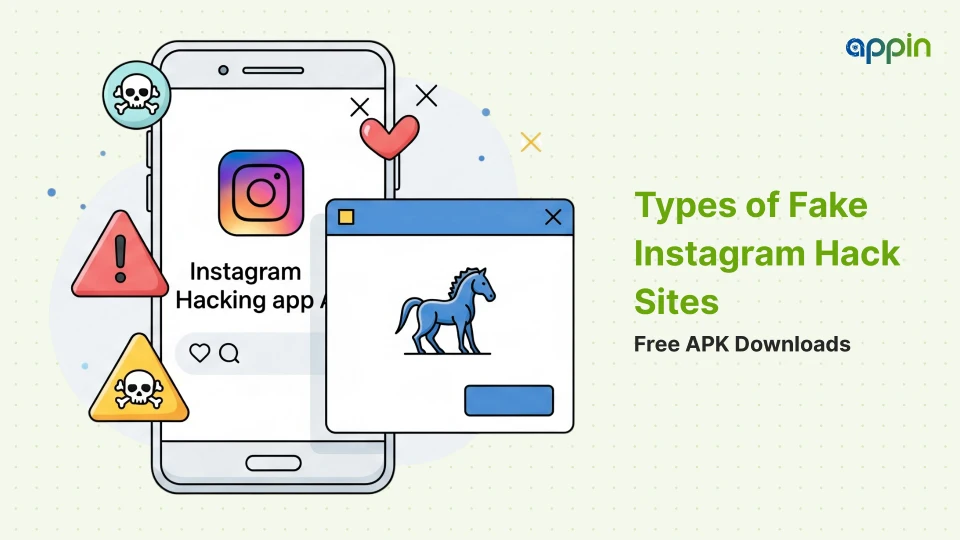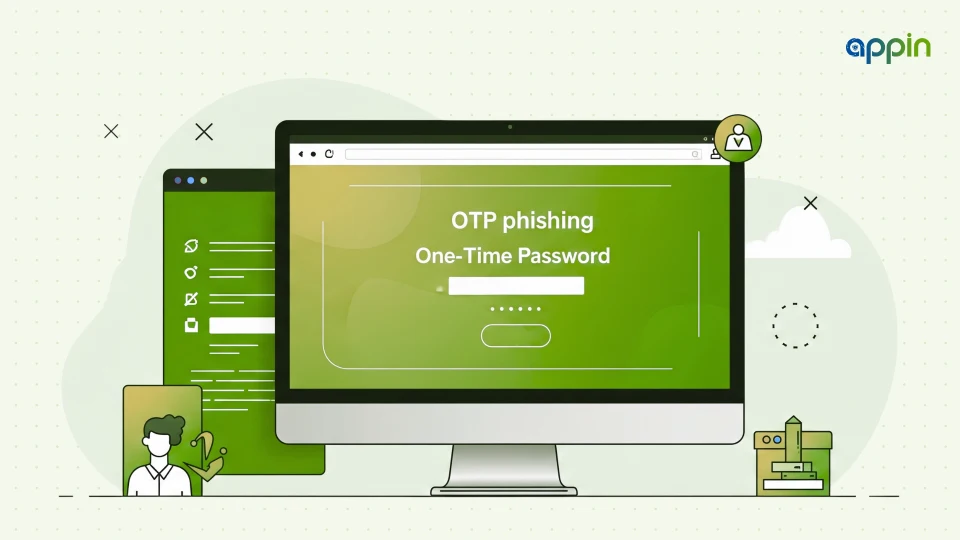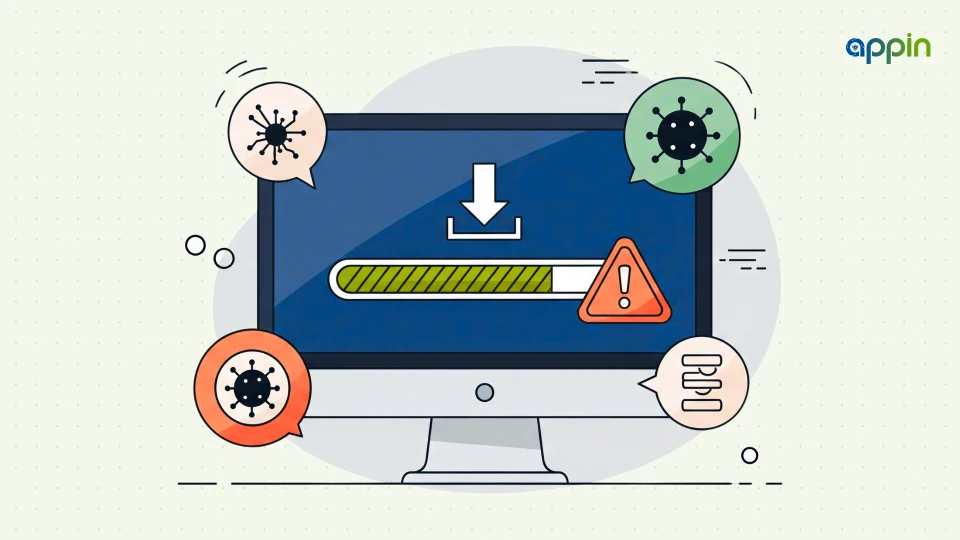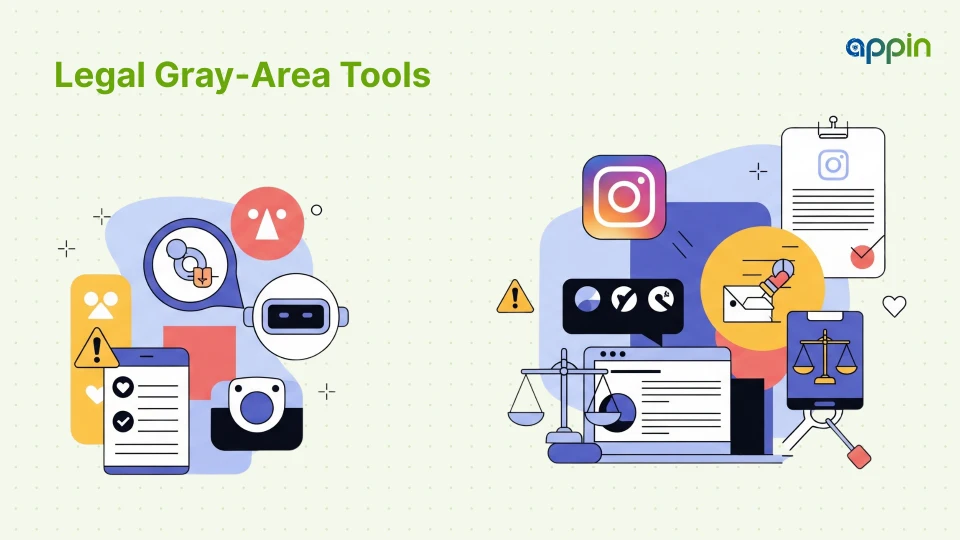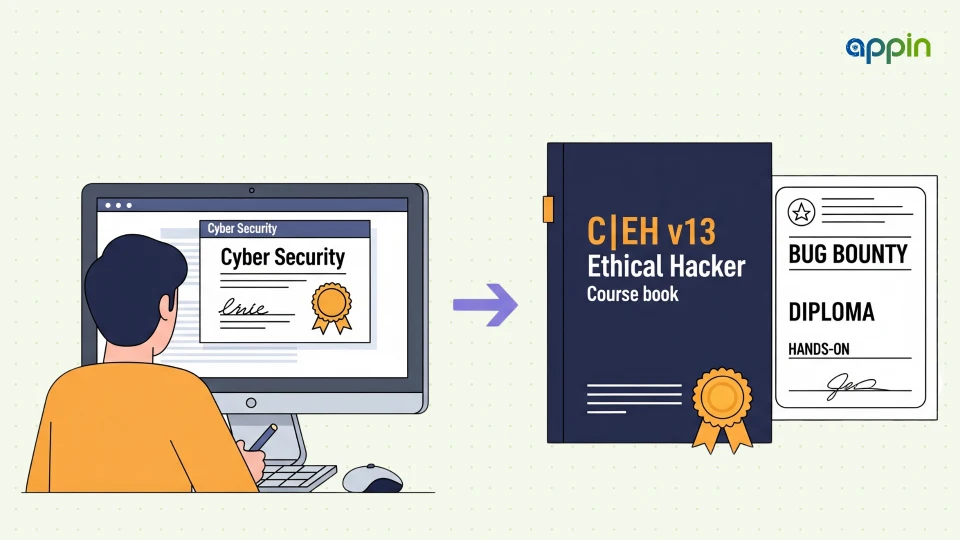Are Instagram Hack Sites Real or Fake?
Almost all fake Instagram hack sites are fake. They are designed to look convincing, but their real purpose is to steal your personal data, your money, or even both.
Many users search for Instagram hack sites because they are curious or desperate to recover an account. The truth is that these websites are not genuine tools. Instead, they are part of cybercriminal operations that exploit people’s lack of awareness.
So, are Instagram hack sites real? No. They only imitate hacking tools to attract unsuspecting users. Once you share your information or download their files, you risk identity theft, account loss, and malware infections.
For anyone who wants to explore security in a safe way, structured learning like a Cyber Security Certification is a smarter option.
Let us now examine 19 common types of fake sites that appear online and learn how to stay safe from them.
How Do Fake Instagram Hack Sites Work?
Fake Instagram hack sites work by tricking you into handing over your data, downloading malware, or making payments.
Most of these Instagram scams use common social engineering methods. For example:
- Phishing pages ask for your Instagram username and password
- Fake apps or APKs install spyware or trojans on your device
- Scam websites ask for small payments to “unlock” hacking features
The goal is always the same: to capture your credentials or make money from you. The sites do not provide access to anyone’s Instagram account.
When users wonder how Instagram scams steal data, the answer is simple. They exploit curiosity and urgency. By offering a quick hack, they lower your defenses so you type in sensitive information or click unsafe links.
Understanding how these sites operate is the first step toward recognizing the traps we will explore in detail.
19 Types of Fake Instagram Hack Sites That Steal Data
The majority of fake Instagram hack sites follow predictable patterns. They look professional on the surface, but they all share one aim: to deceive you. Below are 19 types, how they work, and why they are dangerous.
1. Phishing Login Pages
These sites mimic Instagram’s login screen. They ask for your username and password, then send that data to attackers. Victims often lose access to their accounts within minutes. This is one of the most common phishing login pages Instagram scams.
2. Password Generator Sites
They claim to generate any Instagram password instantly. In reality, they either show random text or redirect you to malware. No tool can crack Instagram’s encrypted passwords this way.
3. Survey Unlock Pages
You are told to complete surveys or offers to unlock hacking tools. The surveys never end, and your data is shared with advertisers or scammers.
4. Free APK Downloads
These Android apps promise to hack Instagram. Instead, they install spyware, steal photos, or collect personal contacts. Many carry hidden trojans.
5. Browser Extensions
Some extensions advertise as Instagram hacking helpers. Once installed, they steal your browser cookies and session data, which can give attackers access to your accounts.
6. Fake Customer Support Pages
These sites pretend to be Instagram recovery support. They ask you to “verify” details like email, phone numbers, or even payment methods, then misuse them.
7. Script Sharing Websites
They share code or scripts with promises of hacking. Hidden inside these files are backdoors that give attackers remote control of your device.
8. YouTube Tutorial Redirects
Fake tutorials on YouTube link to scam websites. Viewers are misled into downloading unsafe files or visiting phishing sites.
9. OTP Phishing Sites
These pages ask for one-time passwords under false pretenses. Once entered, attackers can log in and immediately change account details.
10. Crypto Stealer Tools
Some fake hack tools contain malware that monitors your crypto wallets. They can swap wallet addresses during transactions or steal keys.
11. Premium Membership Scams
They offer “full hack access” for a fee. After payment, nothing works. Users lose their money without gaining any tools.
12. Donation-Based Scams
These sites ask for donations to “keep the hacking service alive.” They play on emotions, but once you donate, you get nothing in return.
13. Demo Tools with Paywalls
They seem to work once, showing fake results. After that, they demand money to continue. These are classic bait-and-switch scams.
14. Malware-Infected Downloads
Some downloads carry ransomware or spyware. Victims can lose access to all files on their devices until a ransom is paid.
15. Fake Collaboration Groups
Attackers pose as hack teams on Telegram or WhatsApp. They invite you to join, then demand information or push malicious tools.
16. Endless Redirect Sites
These pages send you through endless loops of redirects, often to adware or phishing sites. The goal is to make money off clicks or infect devices.
17. Pop-Up Ads Disguised as Tools
Fake pop-ups tell you to download a hack tool. Instead, you install adware or spyware that slows down your system.
18. Outdated Script Collections
These are old, ineffective codes rebranded as “Instagram hacking tools.” They waste your time and may also include hidden malicious add-ons.
19. Legal Gray-Area Tools
Some tools do not directly hack but automate tasks against Instagram’s terms of service. Using them can result in account bans or even legal action.
How Can You Spot a Fake Instagram Hack Site?
You can spot fake Instagram hack sites by checking for red flags like misspelled URLs, no HTTPS security, and promises that sound too good to be true.
Most Instagram hack scams are designed to look professional, but small details often expose them. If you look closely, you will notice patterns that give away the fraud.
Quick signs of fake hack websites:
- URLs with spelling errors or random numbers
- No secure connection (no HTTPS or padlock symbol)
- Pop-ups asking for instant downloads
- Promises of hacking any account in seconds
- Requests for payments, donations, or surveys
These signs of fake hack websites make it easier to stay safe. The general rule is simple: if a site offers instant access to Instagram accounts, it is a scam.
Can Using Fake Hack Sites Get You in Legal Trouble?
Yes, using fake hack sites can get you in legal trouble under Indian IT laws and international cybercrime regulations.
Even if you only visit or attempt to use these tools, you may be putting yourself at risk. Authorities view such activities as attempts to gain unauthorized access to accounts, which is a punishable offense.
Legal risks of hacking include:
- Fines under the Information Technology Act in India
- Possible criminal charges for attempted cybercrime
- Loss of access to your own online accounts if caught
- Permanent damage to your career or academic record
When people ask, is it illegal to use Instagram hack tools? the answer is always yes. These sites not only compromise your security but can also attract legal action. Protecting your future means staying away from unsafe shortcuts.
What Is the Safe Way to Learn Hacking?
The safe way to learn hacking is to avoid fake Instagram hack sites and instead choose structured training that combines theory with practice. Real skills come from guided education, not shortcuts.
Safer learning options include:
- Cyber Security Certification – builds a strong foundation in network security, cryptography, and malware analysis
- C|EH v13 Ethical Hacker Course – provides professional credibility with global recognition and hands-on penetration testing skills
- Bug Bounty Diploma – helps learners practice real-world vulnerability hunting and participate in bug bounty programs
For those who want to learn ethical hacking, structured courses offer clear pathways. If you are wondering how to learn hacking safely, the answer lies in certified programs that give you both knowledge and credibility. These choices protect your career and keep you away from legal and security risks.
Should You Trust Instagram Hack Sites?
No, you should not trust Instagram hack sites. They are scams that steal your data, waste your time, and in many cases, put you at risk of legal trouble.
So, are Instagram hack sites safe? Absolutely not. Every one of them exists to take advantage of users who are looking for shortcuts. Instead of offering access, they spread malware, run scams, or collect your personal details.
The safe path is always through structured learning. Courses like Cyber Security Certification, C|EH v13 Ethical Hacker Course, and Bug Bounty Diploma allow you to explore hacking responsibly and build skills that are recognized worldwide.
If you want to stay secure and grow in the field of cybersecurity, avoid fake promises and start your journey through trusted training programs. Inquire now to take your first safe step into ethical hacking.

